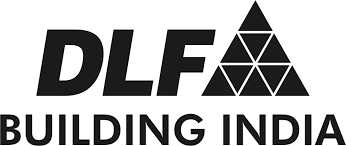S Jaipal Reddy, the urban development ministry will ask the finance ministry to review the proposal to bring the housing sector under the service tax net from April 1, 2010. “We will approach the finance minister in the next few days and ask him to review his decision of bringing housing under the service tax net,” said Urban Development Minister S Jaipal Reddy. He was speaking at a conference on Indian Real Estate organised by Associated Chambers of Commerce and Industry of India (Assocham). Real estate players and various industry chambers are already lobbying the government to withdraw the service tax imposed on the housing sector (at 3.3 per cent, with abatement) , as it would discourage buyers.
“This is not the right time for service tax implementation as the government’s objective is to encourage people to own houses. We have to wait for another month or so to see if the finance ministry listens to our request,” said KP Singh, Chairman, DLF Group. Addressing issues faced by the real estate sector today, the Reddy said availability of land — which is a state subject — has become a major concern. “If we want India to cater to the issue of demand and gap in the housing sector, apart from the central government, it is the state government which should become the facilitator.”
He also said since land is very limited, the best way forward is to go for vertical development (building high-rise buildings) instead of the present approach of going horizontal. “In Delhi, we would allow vertical development of real estate dwellings in older areas and remaining sprawl of Delhi provided the Municipal Corporation and Delhi (MCD) assure availability of all basic amenities such as water, power, etc.” In this regard, Reddy said the Ministry of Urban Development would soon come out with a new relaxed Floor Area Ratio (FAR) regime without specifying any time frame for it.
Another pertinent point that has been a concern for real estate developers is the number of clearances one has to take to start a project. “Today, there are more than 50 agencies from where we have to take our clearances. We have to ensure that the best way forward is to have a single window system as it would not only save time, but also ensure transparency,” said Navin M Raheja, Managing Director, Raheja Developers Ltd. “It is very important to have a single window clearance system in real estate sector,” echoed Anil K. Agarwal, Past President, Assocham.
Singh feels if real estate and urban development has to reach a self-sustaining level in India, “we have to follow the way it has been done in the telecom and IT sector”. “We need to have a visionary like Sam Pitroda, who can think centuries ahead in the real estate and urban development sector to formulate policies. Today, we are concentrating on meeting shortages, when policies are being framed. This needs to change fast, as we have to take the aspirations of people when we build a nation.”



